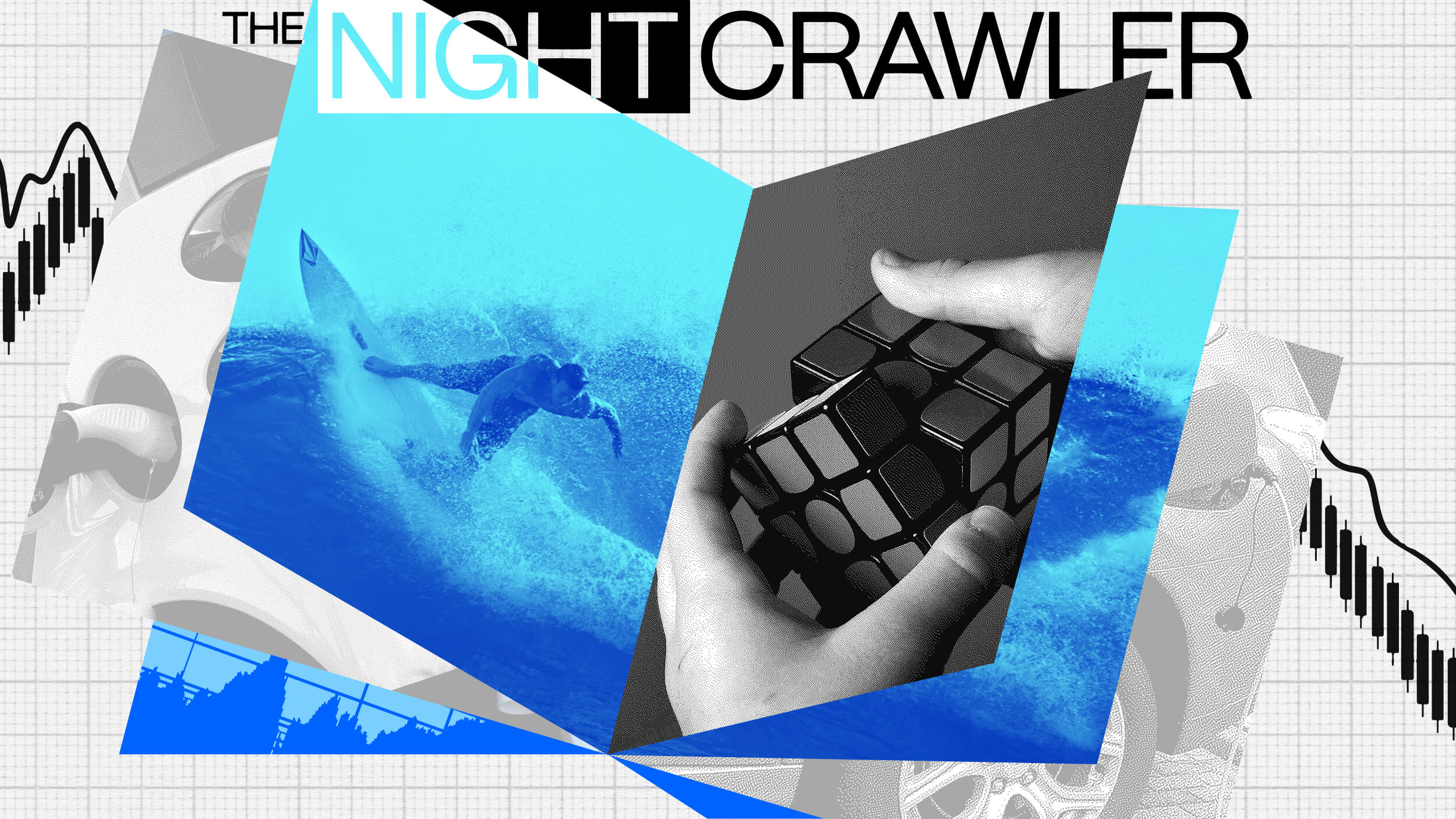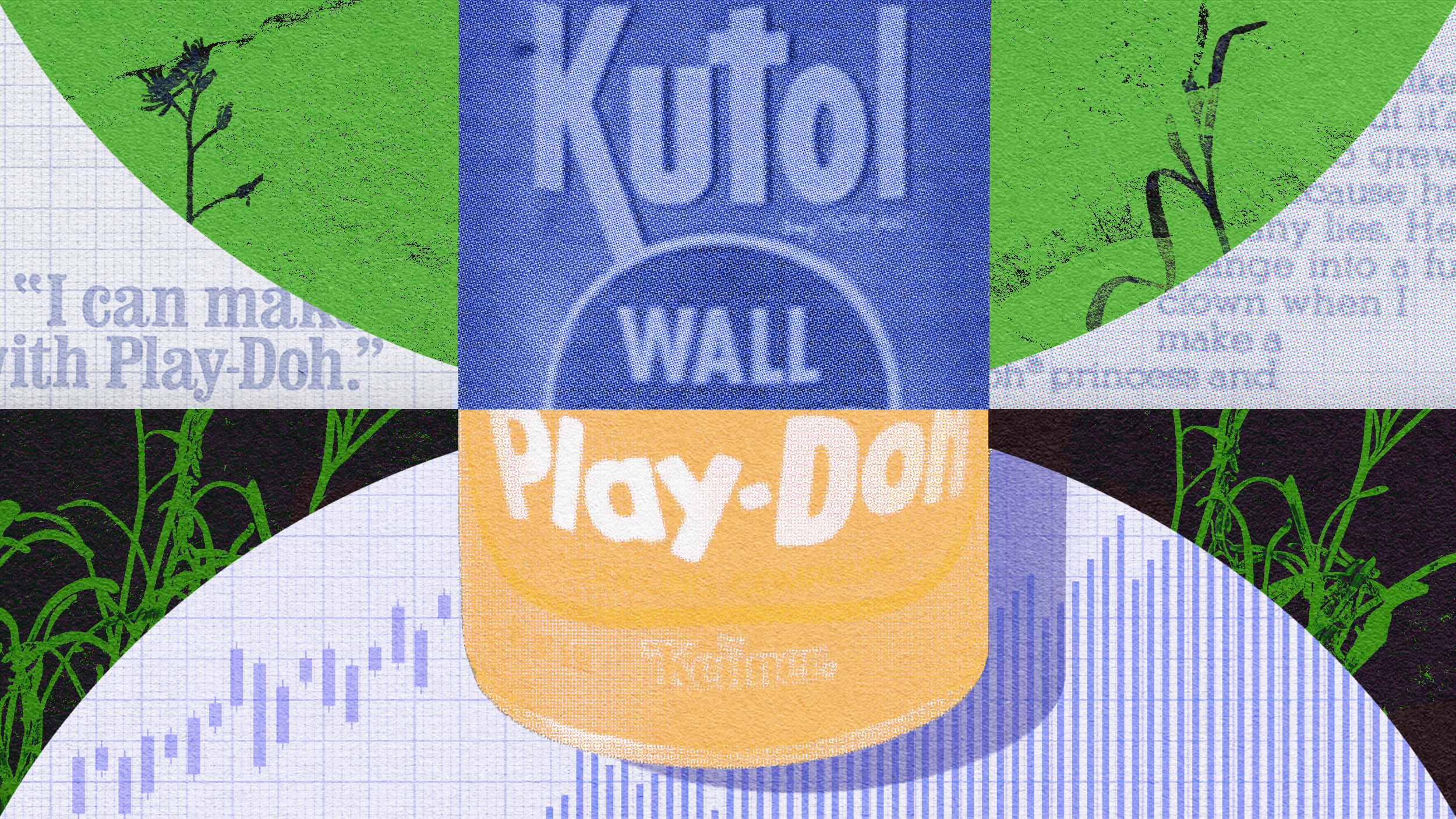Play it again: The causal link between fun and resilience

- Outdoor apparel retailer Patagonia was built on the idea that fun, play, and purpose are at the core of longevity and success.
- Fun taps into powerful neurological processes that are deeply beneficial for the workplace.
- Other companies that have made the connection between fun and long-term success include Lego and Southwest Airlines.
In 1965, Yvon Chouinard wasn’t building a company. He was simply crafting climbing gear as a passion project. It was something that would enable him to stay connected to the outdoors — and avoid a 9-to-5 corporate gig. In the early days, Chouinard sold pitons out of the trunk of his car to fellow climbers. He traveled the world. And eventually, his love for adventure and playfulness turned into Patagonia — a sprawling empire recently valued at $4.5 billion.
There’s a powerful idea embedded in Patagonia’s story. From the start, the company thrived on the idea that fun, play, and purpose aren’t just add-ons in business; they are at the core of longevity and success. Chouinard intuitively understood this idea. In his memoir, Let My People Go Surfing: The Education of a Reluctant Businessman, Chouinard wrote that: “Work had to be enjoyable on a daily basis. We all had to come to work on the balls of our feet and go up the stairs two steps at a time. We needed to be surrounded by friends who could dress whatever way they wanted, even be barefoot. We all needed flextime to surf the waves when they were good or ski the powder after a big snowstorm or stay home and take care of a sick child. We needed to blur the distinction between work and play and family.”

The point is simple: fun isn’t just a nice-to-have — it’s a necessity. To be clear, the definition of “fun” isn’t just a workplace with “pizza Fridays” or a once-a-year Christmas party where the open bar stays open just a bit too long… Ideally, fun is integrated into every element of the business; it’s a work environment that encourages creativity and risk-taking. It’s an atmosphere of laughter and intellectual challenge. It’s a culture that leans into our brain’s wiring for competition — but in healthy doses. And it’s a framework for turning the drudgery of “work” into a puzzle to be solved.
The outcome is very clear. If the foundation is set correctly, fun creates a strategic advantage — and a critical driver of long-term outperformance.
On some level, I think we all intuitively know this to be true. To do your best work, you need to be in a state of flow — and really enjoy it. The irony, unfortunately, is that “fun” is often dismissed as a distraction, or an HR initiative meant to boost short-term morale. However, businesses that embrace “fun” can yield incredible long-term advantages.
Consider LEGO. The company, founded in 1932 by Ole Kirk Christiansen, started as a small Danish business making wooden toys. As LEGO faced a severe financial crisis in the early 2000s, its future seemed uncertain. In 2003, the company — $800 million in debt — even teetered on bankruptcy.
But instead of turning toward corporate austerity, LEGO leaned into its ethos of play. The company brought in Jørgen Vig Knudstorp, a new CEO, who encouraged employees to take risks, experiment, and innovate. This playful approach paid off in unexpected ways — and the turnaround worked.
LEGO Ideas, a platform that allows fans to submit new set ideas, is a prime example of how embracing fun and collaboration with customers led to new product lines, including the LEGO Architecture and LEGO Mindstorms series. By fostering a fun, creative environment, LEGO was able to pull itself out of the financial crisis and become one of the most iconic brands in the world. In 2023, it did close to $10 billion in sales. “You never grow too old to play,” Knudstorp later said. “You grow old because you don’t play.”
Knudstorp’s commitment to fun wasn’t just for show — it made sense for business. You don’t need to reorient your entire company culture, either. Sometimes all it takes is a playful trip outdoors. Consider research from McKinsey which found that companies that enjoyed time in nature together saw improved cognitive functioning and resilience, boosted interpersonal connections, and created a “catalyst for personal and team growth.” By allowing employees to approach challenges with a playful mindset, companies like LEGO create fertile ground for innovation.
When teams enjoy their work, they are better equipped to handle adversity and find solutions during crises.
In turn, this type of creative freedom and lateral thinking fosters resilience. When teams enjoy their work, they are better equipped to handle adversity and find solutions during crises. Humans are also biologically predisposed to do our best work when we’re having fun — it’s simply the way our brains are wired. Psychologist Mihaly Csikszentmihalyi’s concept of “flow” comes to mind here. When employees are in a state of flow — engaged, challenged, and having fun — they perform at their peak. Companies that cultivate an environment where fun is part of the equation are more likely to foster flow and, by extension, peak performance.
The fact is, fun taps into powerful neurological processes that are deeply beneficial for the workplace. Engaging in playful activities releases dopamine, the brain’s “feel-good” neurotransmitter, which not only improves mood but also increases motivation and focus. Dopamine also enhances learning, helping employees absorb new information and adapt to changes more easily. When workers are having fun, they’re more likely to take risks, think creatively, and solve problems faster.
Play also stimulates neuroplasticity, the brain’s ability to form new connections. This flexibility is vital in business, where adaptability is key. In a world of constant change, employees who engage in play are better at shifting perspectives and tackling problems from multiple angles.
Take the case of Southwest Airlines. Since its mid-60s origins, Southwest has emphasized a culture of fun and humor. From its casual uniforms to its lighthearted in-flight announcements, Southwest has always encouraged employees to bring their personalities to work. Herb Kelleher, the airline’s co-founder, believed that if employees enjoyed themselves at work, they would take better care of customers.
His philosophy proved right — and Southwest has been notably resilient among the airlines. During the 2008 financial crisis, for instance, when most airlines were cutting jobs and scaling back operations, Southwest remained strong. The airline didn’t lay off a single employee. The sense of fun, loyalty, and connection within the company contributed to its ability to weather the crisis. A 1996 profile of Kelleher observed this sense of fun throughout the organization: “[Kelleher] has also fostered a wild-eyed, laugh-a-minute sense of fun that is funneled from the chairman all the way to the baggage handlers at Southwest Airlines.”
A company culture centered around fun doesn’t just make employees feel good — it builds a sense of commitment.
A company culture centered around fun doesn’t just make employees feel good — it builds a sense of commitment that can make a difference when the going gets tough. This type of commitment also enables people to take more creative risks. Employees feel more confident trying new things, knowing that failure won’t be punished — but rather seen as part of the creative process. This type of risk-taking is critical for innovation.
As Harvard Business School professor Teresa Amabile noted in her research on creativity, “People will be most creative when they feel motivated primarily by the interest, enjoyment, satisfaction, and challenge of the work itself — not by external pressures.” The point boils down to one simple idea: fun isn’t frivolous. It’s a powerful business strategy. From Patagonia to LEGO to Southwest Airlines, companies that embrace fun build environments that foster innovation, employee engagement, and long-term resilience.
The numbers back it up: fun leads to higher productivity, lower turnover, and more creativity. In today’s fast-paced environment, where adaptability is key to survival, the companies that embrace fun are the ones that will thrive for decades, if not centuries.






